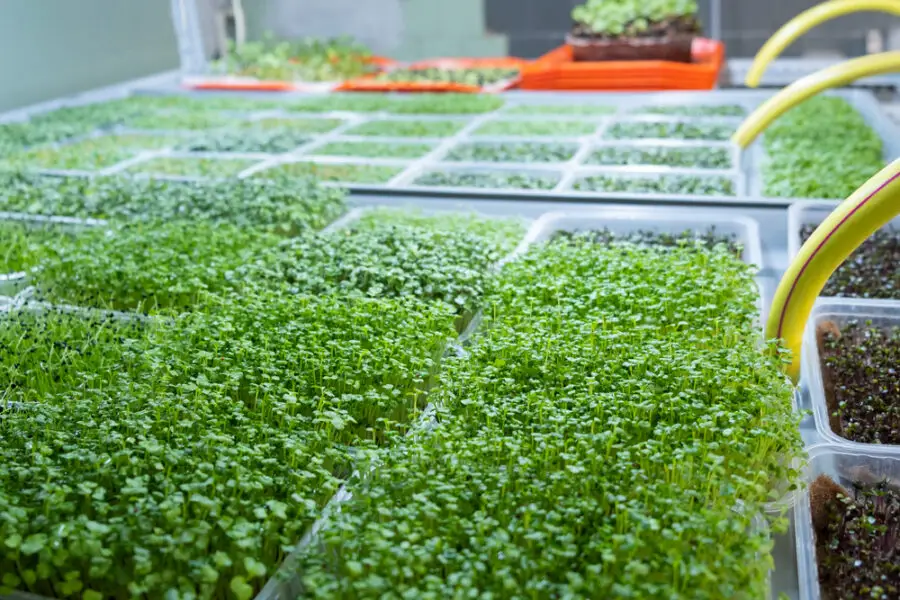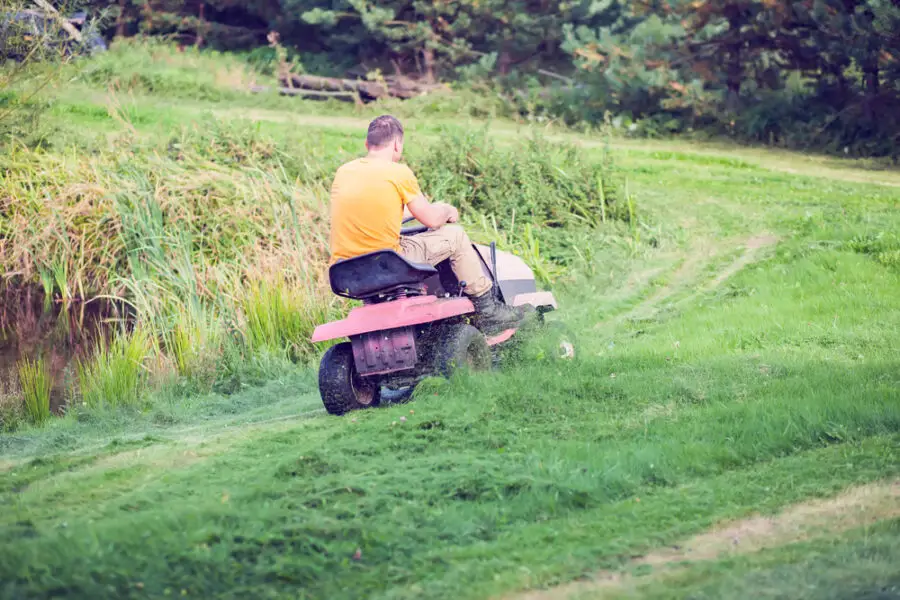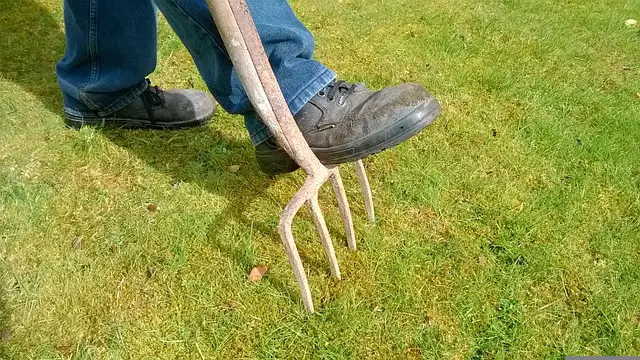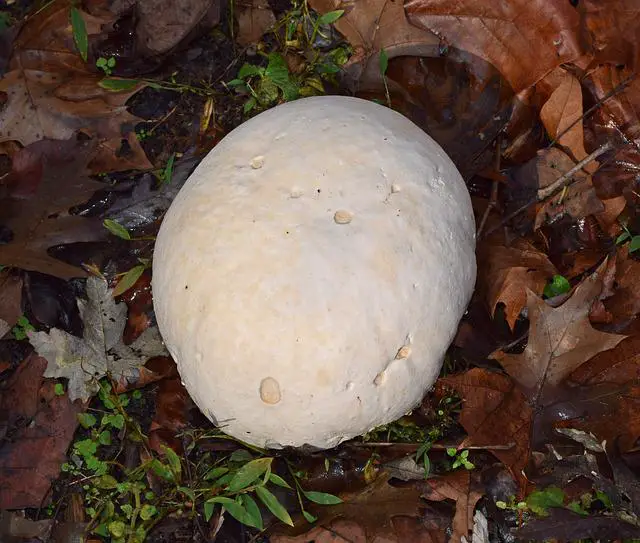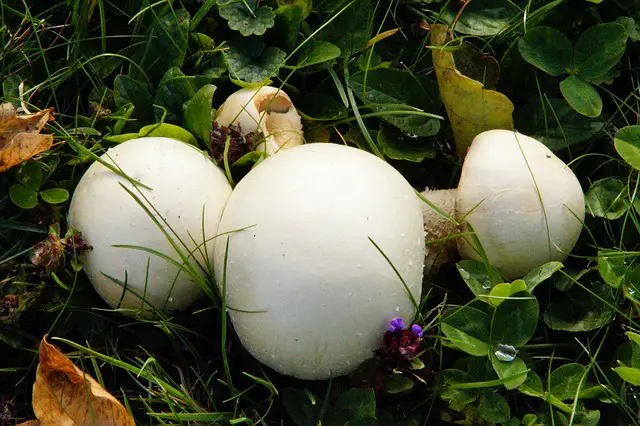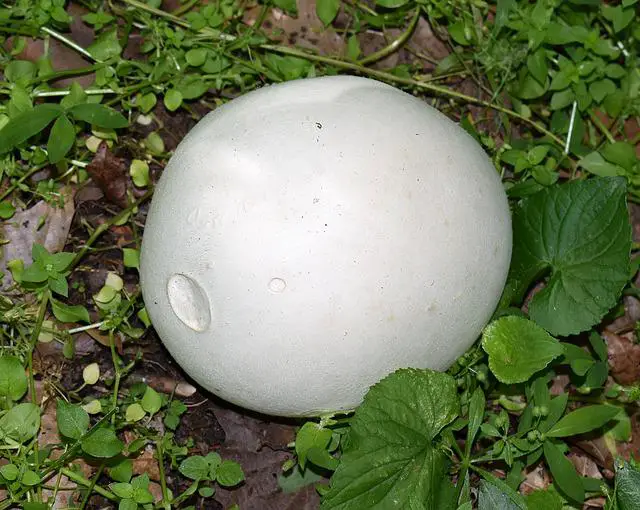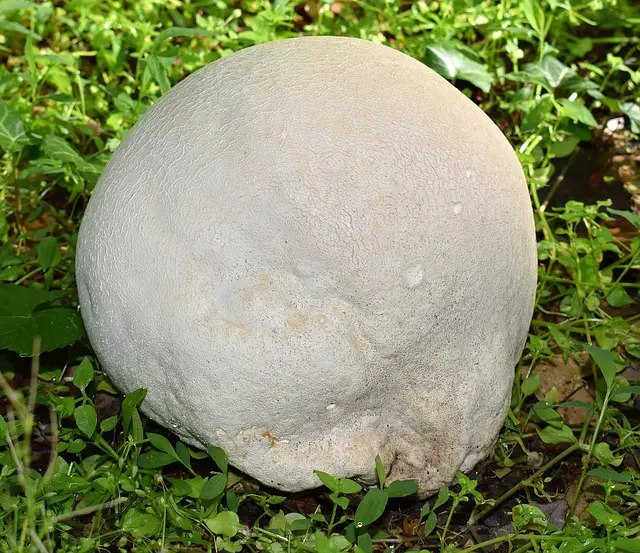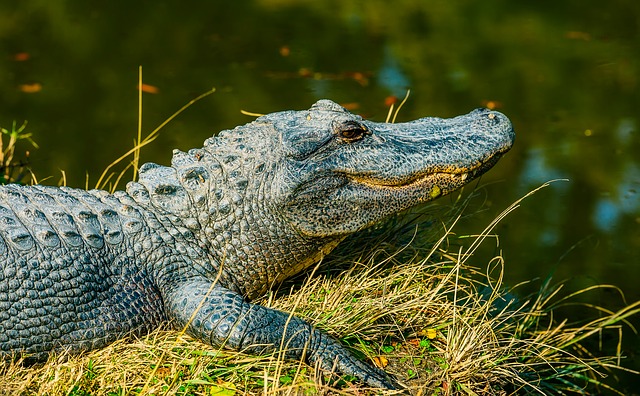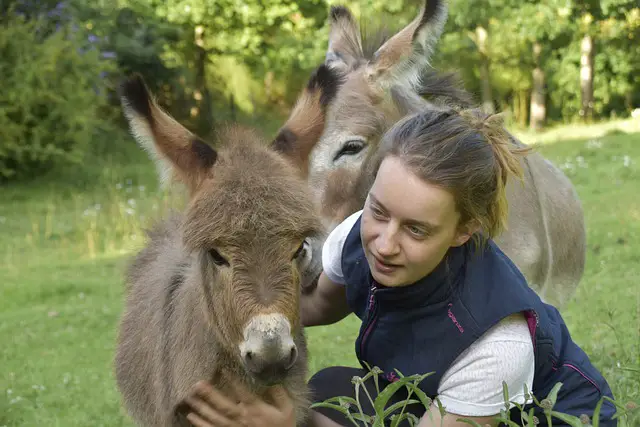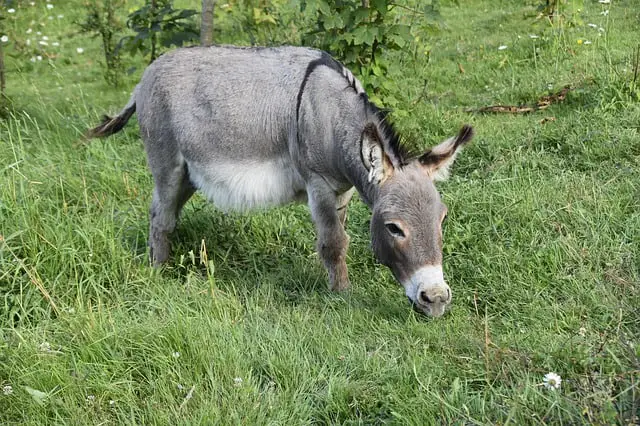The Ultimate Destination for All Things Gardening
Gardening is not just any casual hobby; there are tons of things you need to be aware of. On this site, you’ll find answers to every gardening question, whether you’re an indoor gardener or someone with a small-scale farm. You can also find all the necessary gardening tools in here.
Featured On




Latest Articles
Growing Guides
Garden Gear Articles
Mushroom Articles
Livestock Articles
Who Is Behind This Site?
Welcome to TotalGardener.com! Our website is a resource for gardeners around the world, from indoor growers all the way up to small small-scale market farms.

About Me
Hi, I’m John Stephens, chief editor and writer for Totalgardener.com.
I’ve been gardening and raising animals for over 15 years starting with a small backyard plot in Northern Virginia where I grew corn, potatoes, squash, and using a high mulch technique called the Ruth Stout Method.
I also raised ducks and small mammals for meat and eggs in a movable pen similar to the ones used by Joel Salatin.
I later moved to Colorado where I experimented with growing greens using aquaponics inside. I eventually added a microgreens setup and home sprouting operation.
I’m excited to share everything I’ve learned plus more from the other local gardening and animal raising experts I know.

